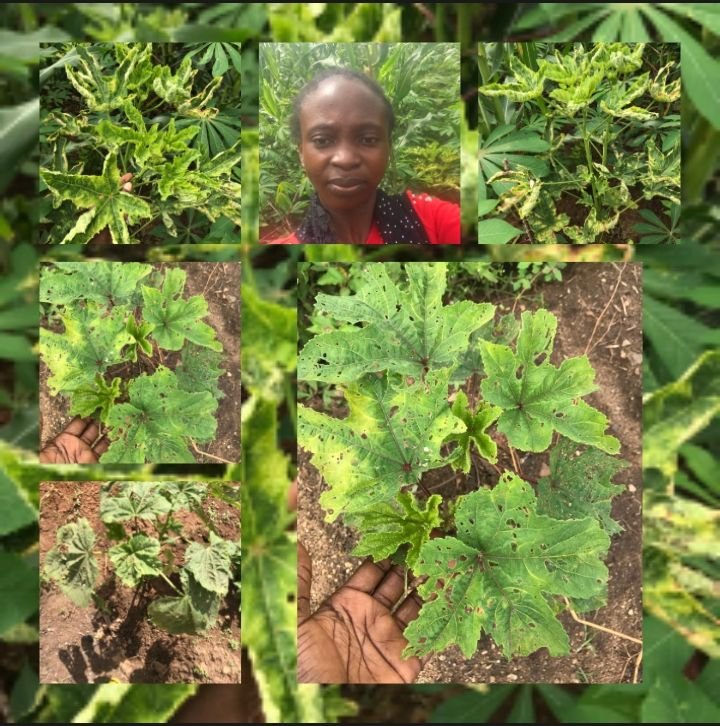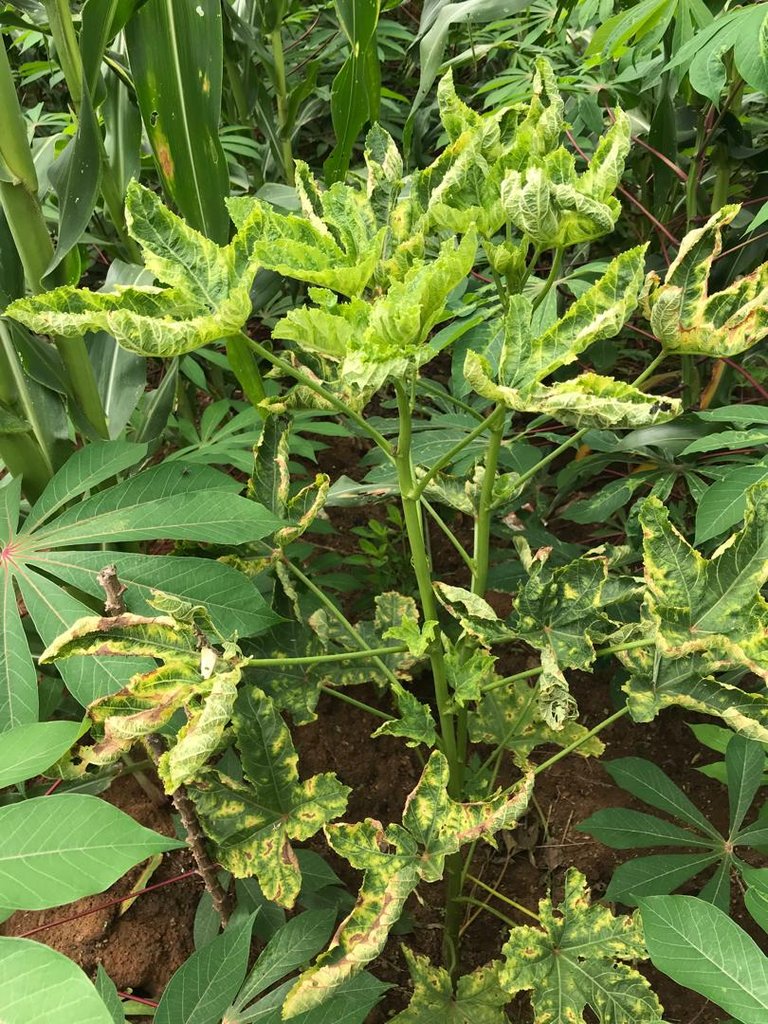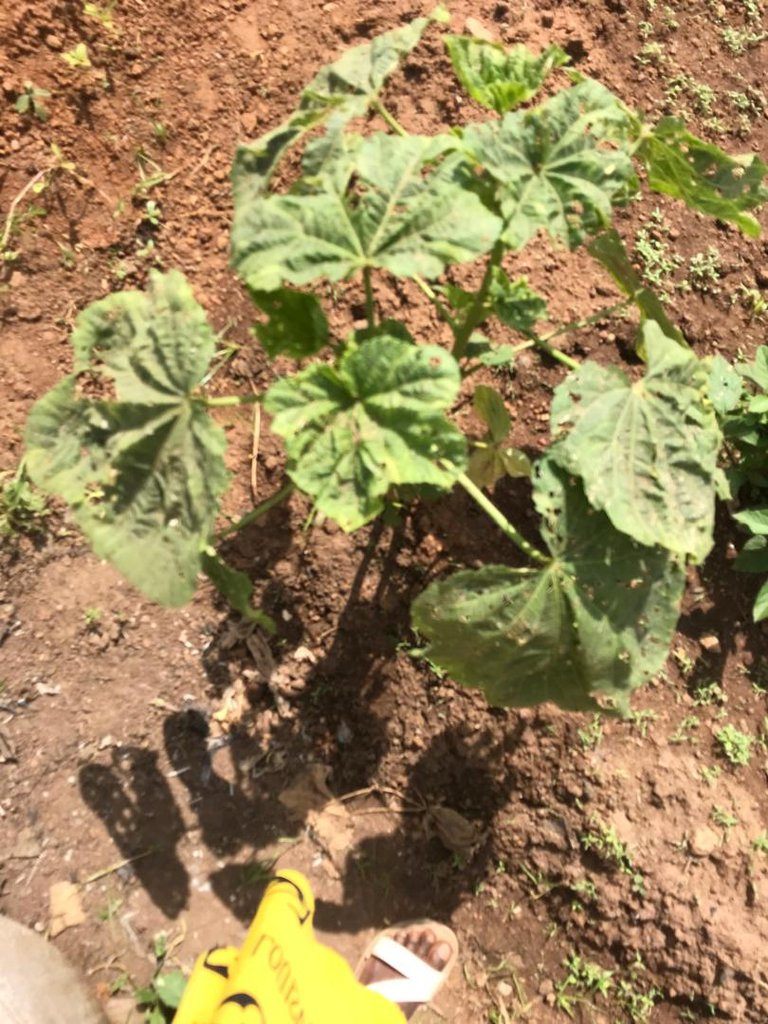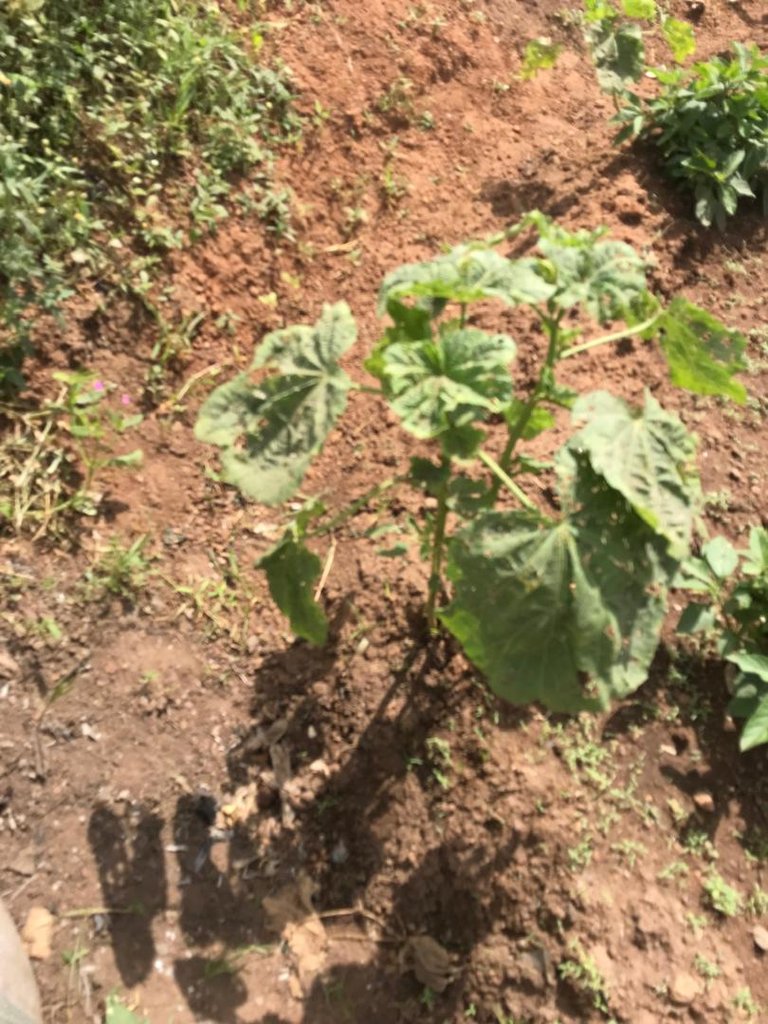Hello Hive

As Africans, we eat a variety of local dishes and soups in particular. I'm not sure if this is the same for other people across the globe, but here we have a variety of soup that we eat with our swallow foods. Some of our local soups include Okro, Ogbono, jute mallow, okoho, and many others; all of these have been written in their local names.

Eating varieties of soup with a particular swallow food sometimes makes it easy for someone to not lose appetite. Some local soups are found and eaten only in some geographical locations, while others are common all across the state. Okro is one of the soups eaten in all the states of my country; most people are familiar with it.
Although a lot of people eat Okro, not many people grow this crop, and I'm quite sure that some states within this country do not have the soil requirements for growing Okro. Once the fruit is ready, it is often transported to various states of the country so that people in the cities and far places can have access to it.

Throughout the whole of the year, I have been limited to eating only vegetable soups, as I did tend a garden and vegetables were more easy to grow.
There was practically no harvest from okro this year. It suffered a terrible fate. This was equally reflected in it's market availability and price, as the few Okro fruits brought for sale were extremely on the high side. I can't even afford to spend some money buying them.
The Okro for this year was planted earlier, and in the month of June everything was growing well, fast, and flourishing; the drought in July had a drastic effect on the crop. The Okro plants didn't survive the harsh weather and died off sooner than every other planted crop.
You can imagine how a crop that has grown this tall and with green leaves in a fertile soil suddenly went burnt and dried off. We only got a few of the Okro from the ones planted right beside the house, as we were able to keep those ones alive.

This actually shows how fragile Okro can be and the need to modify how we grow this crop. Unless there is a prediction of abundant rainfall for a particular year, it is advisable to plant Okro close to a source of water such that whenever there is a drought we can use irrigation systems to keep the Okro alive.
Planting Okro in open fields with no such backup plans as mentioned above is highly risky. The massive losses incured from commercially grown Okro for this year are really huge to take such a risk every other time.
Our women here have recently planted these Okro right beside the river bank even though it is not its season of growth, but since there is a river close by, I am keeping a close watch on these to see it's progress and the possibility of growing okro all year round from an irrigation system of farming.

There was practically no okro harvest this year; they are unavailable in the market, and the few available ones are really expensive. I have withdrawn from eating okro for the moment until a coming year if another session of growing okro comes around. It is so bad that poor growth and harvest like this can hinder us from eating certain foods.
